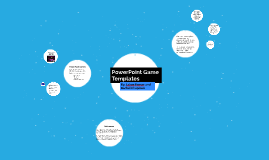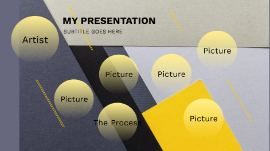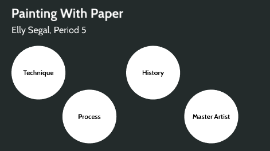Torn Paper Art
Transcript: Painting With Paper Elly Segal, Period 5 Techniques Technique These two videos show ways and examples of techniques that are approached in paper art. These basic techniques are among many that create the astonishingly intricate and pristine details and textures that make up torn-paper art. If done correctly, torn paper pieces often resemble paintings. Shaping & Tearing This video shows ways of tearing paper to create certain effects in your art. It also touches on how and where to place paper to create an image. Examples provided in this video show a variation of techniques and media used. Shaping & Tearing Gluing & Layering This video shows how to glue and layer papers in order to create desired effects. It shows how to utilize paper to create a complex project. Gluing & Layering Process Process For my process, I found a picture and traced it onto a piece of paper. Then I gathered my colors, which were mostly primary colors mixed with some neutral colors because my design used a lot of red, blue, and yellow as well as white and black. I proceeded to layer tissue paper onto my drawing, tearing the paper in desired shapes and creating desired colors and textures by using various sheets, and using Modge Podge to adhere them. Vocabulary Washi Paper: Japanese hand-dyed, handmade paper used traditionally in torn paper art. It is what colors the artwork, rather than paint. Primary Colors: Often in traditional torn paper art, only primary colors were used. The primary colors are those that cannot be made by mixing other colors (red, yellow, blue). Glue: Torn paper art is made using glue as an adhesive to the paper. Usually, artists use Modge Podge or an acryllic type. Collage: Artwork made by the combination and layering of different materials on a backing. Vocabulary Materials For this process you will need... Paper - Traditionally Washi Paper, but anything can be used. Glue - Usually Modge Podge or acrylic. Canvas - A canvas or sturdy paper is used as the base of project. Brush - Used to apply glue to paper. Pencil and Sketchbook - Used to plan out ideas. Your Hands! - Use your hands to tear the paper rather than cutting it with scissors. Materials Inspiration These images were the inspiration for my work. I used the first for my drawing, then used the others to inspire my textures and colors. I thought that the vibrant layering of the scarlet macaw's feathers would be perfect for this project. Inspiration History of Torn Paper Art History In 610 AD after Chinese Buddhist monks took the art of paper making to Japan. The Japanese took this simple process and elevated it into the beautiful and unique Chigiri-e art. Chigiri-e (meaning "to tear art") is a Japanese art form using torn paper that inspires contemporary forms of paper art. These intricately designed and executed pieces are often mistaken for paintings, however they contain only Washi paper, which is a Japanese hand-dyed, handmade paper. Chigiri-e art truly resembles an everyday painting, yet there is something in this complex, sophisticated artform that sets it apart. Examples: Classic & Contemporary Master Artist: Barbara Harmer Master Artist Barbara Harmer learned the art of Chigiri-e when she was teaching English to Japanese students. She lived in Japan during the 1990s, and happened across Chigiri-e. She learned it by watching her instructor who did not speak English. She began collecting Washi paper in Japan, and became obsessed with the art of Chigiri-e. When she moved back to the United States, Chigiri-e was a foreign, unknown concept so she had to continue learning the techniques on her own by exploration and trial and error. Eventually, Harmer adapted Chigiri-e to her own culture until it became modern. She began to teach the art form and spread it across the United States. All of her art is 100% Washi paper. Harmer's Art

















